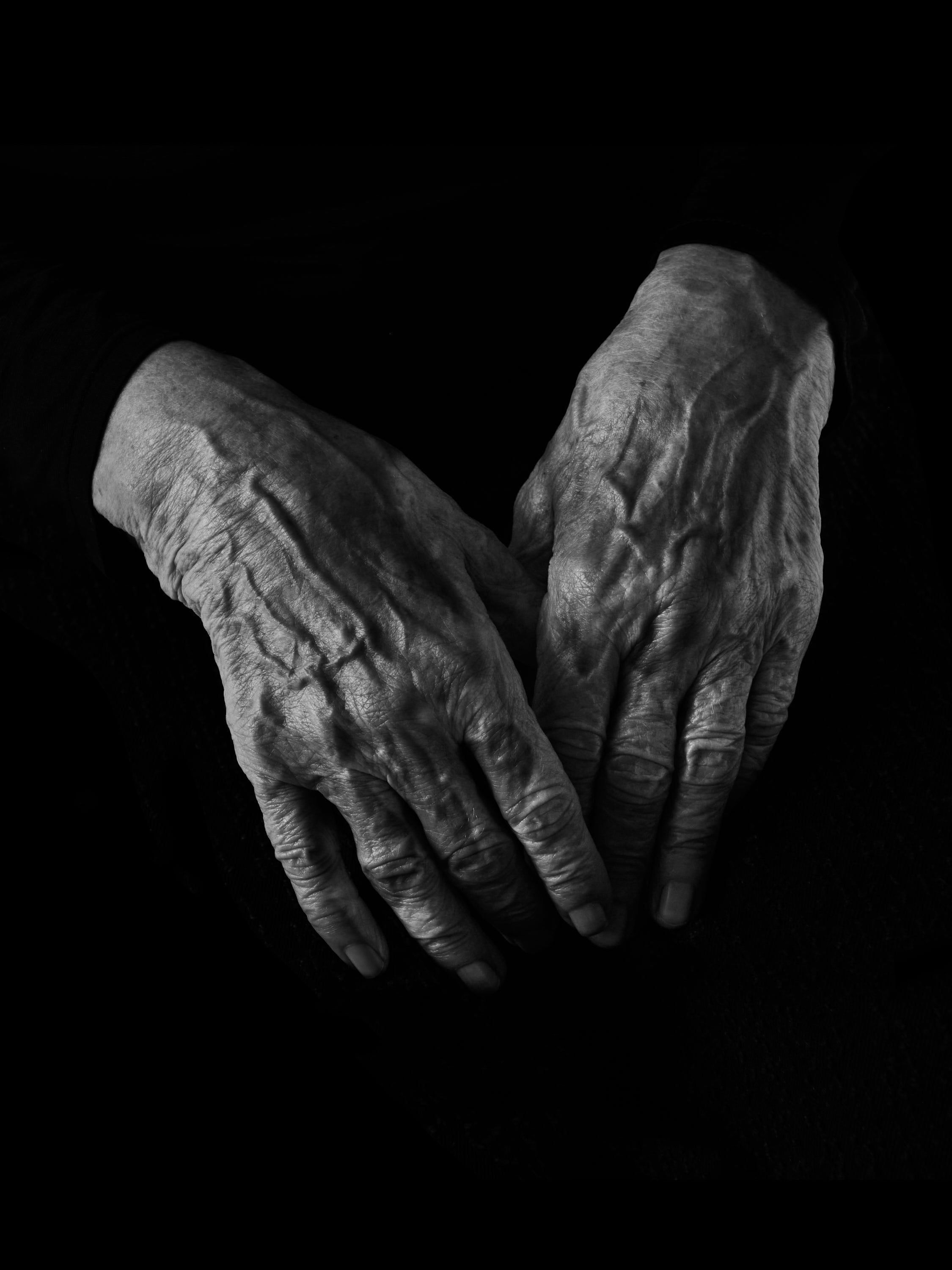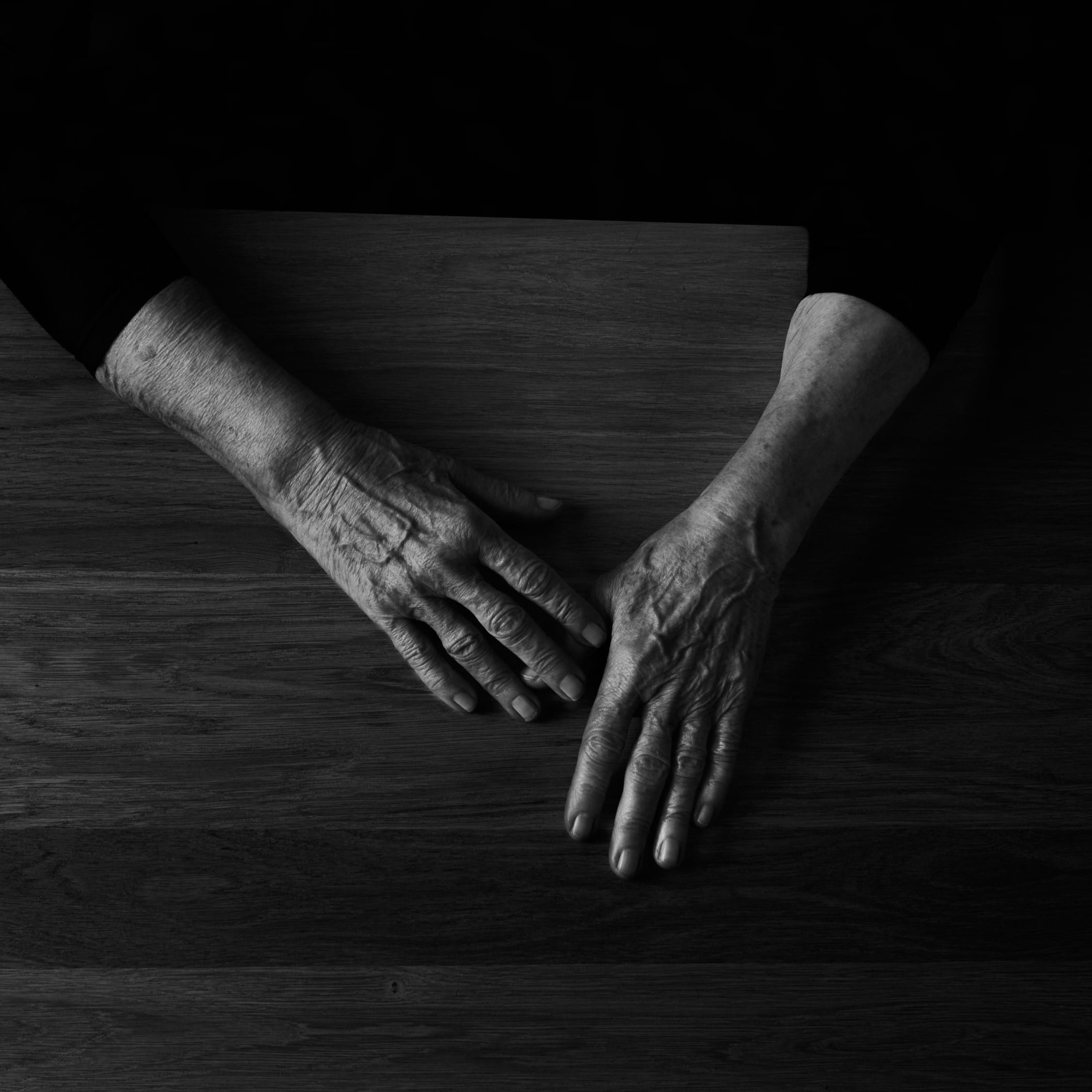February, 2025
The reason why Norrgavel exists at all has a lot to do with patina. And a culture strongly associated with patina can be found in Japan. There, it is believed that traces of life add greater value to artefacts – whether it's a solid wood dining table or a ceramic teacup. This approach requires a deep connection to the natural material itself, often rooted in knowledge passed down through generations. It’s hardly surprising that Norrgavel’s founder has drawn significant inspiration from the country in the east, where the life philosophy of wabi-sabi influences everything from interior design to the broader approach to life.
Nirvan Richter, founder of Norrgavel and the designer behind all the furniture in the collection, reflects on the ideas surrounding wood, patina, and the Japanese philosophy of wabi-sabi.
– In Japan, you don’t just buy a wooden table – you bring a piece of nature into your home. It is assumed that the table is constructed in such a way that it will continue to communicate nature even within the home. That’s where patina comes in, as an object that has gained patina is perceived as more valuable than one that is brand new. When we had a Norrgavel store in Japan in the 90s, we never received questions about solid wood tabletops moving. Of course they do! That’s a knowledge embedded in the Japanese soul. Late 20th-century generations in Sweden generally lack that understanding and see movement in wooden tables as a flaw in quality.
"It is assumed that the table is constructed in such a way that it will continue to communicate nature even within the home.”
It takes an understanding of how different types of wood move in order to work with wood compositions like those commonly found in Japan. The way wood joints are highlighted in Norrgavel's furniture is inspired by Japan.
– If you want to capture the essence of what I longed for when Norrgavel was founded in the early 90s, it’s exactly these kinds of values that I wanted to infuse into our furniture. Furniture made of natural materials, where life is visible. The Japanese respect for materials and craftsmanship is truly beautiful, and we Westerners have long been fascinated by the Japanese approach. Ultimately, it’s an approach to life as a whole. That’s why we’ve chosen to work with solid wood – because on a veneered surface, you simply can't achieve that kind of quality, says Nirvan Richter.





